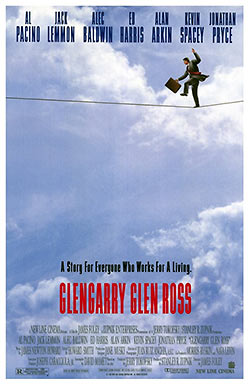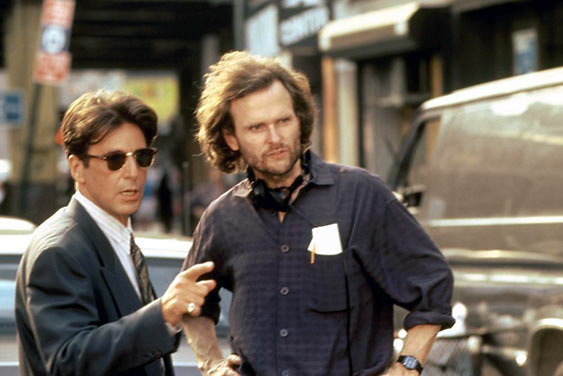|
Airplane-Provided
Water, Ice, Coffee, or Tea
It's important
to stay hydrated while flying, but you're
better off BYOW (Bringing Your Own Water)
rather than grabbing a free drink from
the beverage cart.
Tests done
by the EPA a few years ago showed that
one out of every seven planes had tank
water that did not meet federal standards,
and in fact contained bacteria like
E. coli. Although beverage carts might
give you "bottled" water from
a large bottle, that bottle could have
been refilled using the tank water.
Coffee and tea are often made from the
same tank water, which is usually not
heated enough to kill germs. Ice is
also sometimes made on board, so it's
best to pass on that as well.
Tipping
Etiquette Around the Globe
As North
Americans, tipping is a reality, and
we are sensitive that the wait staff
receives their due. We generally like
to tip at the amount of 15% to 20%.
After all, the wait staff in North America
depends on it.
But if you are confused
about tipping in other destinations,
we determined what’s best to tip
outside of North America.
- Africa: 10% to 15%
- Australia/New Zealand:
None (the wait staff is well compensated
in their hourly salary
- Caribbean & Central
America: 10%
- China: None. (Tipping
is against the law)
- England: 10%
- Germany: 10%
- Ireland: 12%
- Italy: None (except
for great service, where you round
out bill)
- Japan: None. (tipping
is considered rude, but you always
offer your chef a beer)
- Middle East: 15%
- South America: 15
|
|
Time
Capsule Cinema

Director: James
Foley
Writers: David
Mamet (play), David Mamet (screenplay)
Cast: Al Pacino,
Jack Lemmon, Alec Baldwin, Alan Arkin, Ed Harris,
Kevin Spacey, Jonathan Pryce
1h 40 minutes. Aspect
ratio: 2.34:1
109 minutes. Widescreen;
1.85:1
Good
Mean Fun
A Look Back at Glengarry
Glen Ross
By Walt Mundkowsky
GLENGARRY GLEN ROSS
is David Mamet's most celebrated (a Pulitzer Prize)
and distilled play – slight but serviceable
plotting, expletive-filled dialogues of sourness
and spite, nary a female to be seen. Mamet focuses
on four real estate agents selling dubious Sun Belt
properties, and divides them into complementary
pairs: Ricky Roma, the champion closer, and Shelly
Levene, formerly productive but now fighting a long
dry spell; and Dave Moss, a malcontent and instigator,
and George Aaronow, clearly no longer equal to the
demands of the job. One of them burglarizes the
company office, stealing a batch of prized new leads
– that is the narrative engine.

Courtesy photo
Much of the play's
explosive impact derives from its confined settings.
The three encounters in Act One – Levene and
John Williamson, the office manager; Moss and Aaronow;
Roma and a prospective pigeon – happen in the
same restaurant, and all of Act Two takes place
in the ransacked office. Act Two is so tightly wound
as to be virtually tamper-proof, but Act One is
not so fortunate. It suffers from the "opening-out"
Hollywood typically imposes on hit dramas. Glancing
allusions must be spelled out (Levene's hospitalized
daughter, a brutalizing sales contest). Single scenes
must be broken into different locations to diminish
their claustrophobic charge, even if that also diffuses
their power. New material must be added (Levene's
and Aaronow's ineffectual sales pitches), even if
it adds nothing. Since Mamet served as screenwriter,
these alterations fit seamlessly among the original's
component parts, but they lessen the achievement.

Al Pacino and director James
Foley. Courtesy photo
Given director James
Foley's résumé at that time (RECKLESS;
AT CLOSE RANGE; WHO'S THAT GIRL; AFTER DARK, MY
SWEET) he seems a puzzling choice for this assignment.
And things get off to a rough start, with a visual
style more appropriate for one of Foley's hybrid
films noirs – luridly lit public telephones
and automobile interiors, and the obligatory backlit
nighttime thunderstorm. Several scenes are so clunkily
staged that attention-grabbing camera movement or
cutting is required to keep them afloat. And there
are egregious lunges at the audience, like the little
wink Roma gives Moss before moving in to snare his
mark. Foley does eventually calm down, but long
stretches are allowed to lapse into a kind of Ping-Pong
– shot/reverse shot flip-flops, the camera
sticking to the speaker. The resulting rhythms are
at odds with those of the actors (the Moss/Aaronow
scenes are especially disfigured). The transition
between Acts One and Two is cleverly managed, though,
with the elevated train functioning as a lateral
wipe. And Act Two is much more cogently directed;
the thoughtfully chosen camera positions enhance
the shifts in the balance of power.
These missteps in script
and direction are damaging but hardly fatal to the
enterprise. If anyone wants to see a film of this
play, it's because of Mamet's acidulous language
and the opportunity it affords skilled performers.
Both are splendidly intact. The heavyweight cast
delivers the goods without exception (acting is,
after all, selling), and at least two of the performances
are treasurable.
Al Pacino is arguably
too old to play Ricky Roma (the drama gains a dimension
when Roma is a decade or more younger than the other
salesmen), but he brings enormous vocal variety
to the character's lines – now most like a
weasel, now very like a whale. In particular, he
builds Roma's introductory spiel to his client with
such mastery that even Foley's inevitable shot changes
scarcely break the spell. And he holds back plenty
of power in reserve for the outbursts at the climax.
Kevin Spacey commands
a wide-ranging technical arsenal, along with the
disinclination to employ it glibly. He turns the
feed part of the office manager into something potent
and reptilian. His final desertion of Levene ("Why?"
–"Because I don't like you.") hits
harder than all the f-words Mamet strings together.
And Spacey can be physically delicate, to comic
effect; he handles the stack of precious new leads
as though he were a monk with a sacred artifact.

Courtesy photo
No other character
here is drawn with the vivid colors of Ricky Roma,
but each of them allows its proponent to leave a
strong impression. Alan Arkin's primary perceptions
as an actor are comic ones, and he makes George
Aaronow's frequent gaps in concentration deliciously
funny. They could be funnier still, were it not
for Foley's impatience; this is the performance
most impaired by the director's occasionally crass
cutting patterns. Dave Moss is the movie's attack
dog, and Ed Harris' customary intensity is never
merely loud, but always cognizant of larger designs.

Courtesy photo
One might have feared
that Shelly Levene would send Jack Lemmon straight
into his SAVE THE TIGER mode, but he steers a remarkably
clean course through the part's difficulties and
traps. I can imagine a Shelly Levene with a flintier
core, but Lemmon renders him as a particular human,
not as a sentimental "type."
An actor of Jonathan
Pryce's capabilities is pretty much wasted on the
rôle of Roma's dupe; Pryce expertly provides
the desired tone of rabbit-in-the-headlights vulnerability.
Alec Baldwin's turn, as a vulgar motivational speaker,
was created for the film; its absence wouldn't be
unbearable. As with Pryce, Baldwin supplies what
is needed, in this case stentorian egomania.
Flaws and all, this
film serves GLENGARRY GLEN ROSS well. It is unimaginable
that one would ever see such a cast assembled for
a theatrical run.
|




